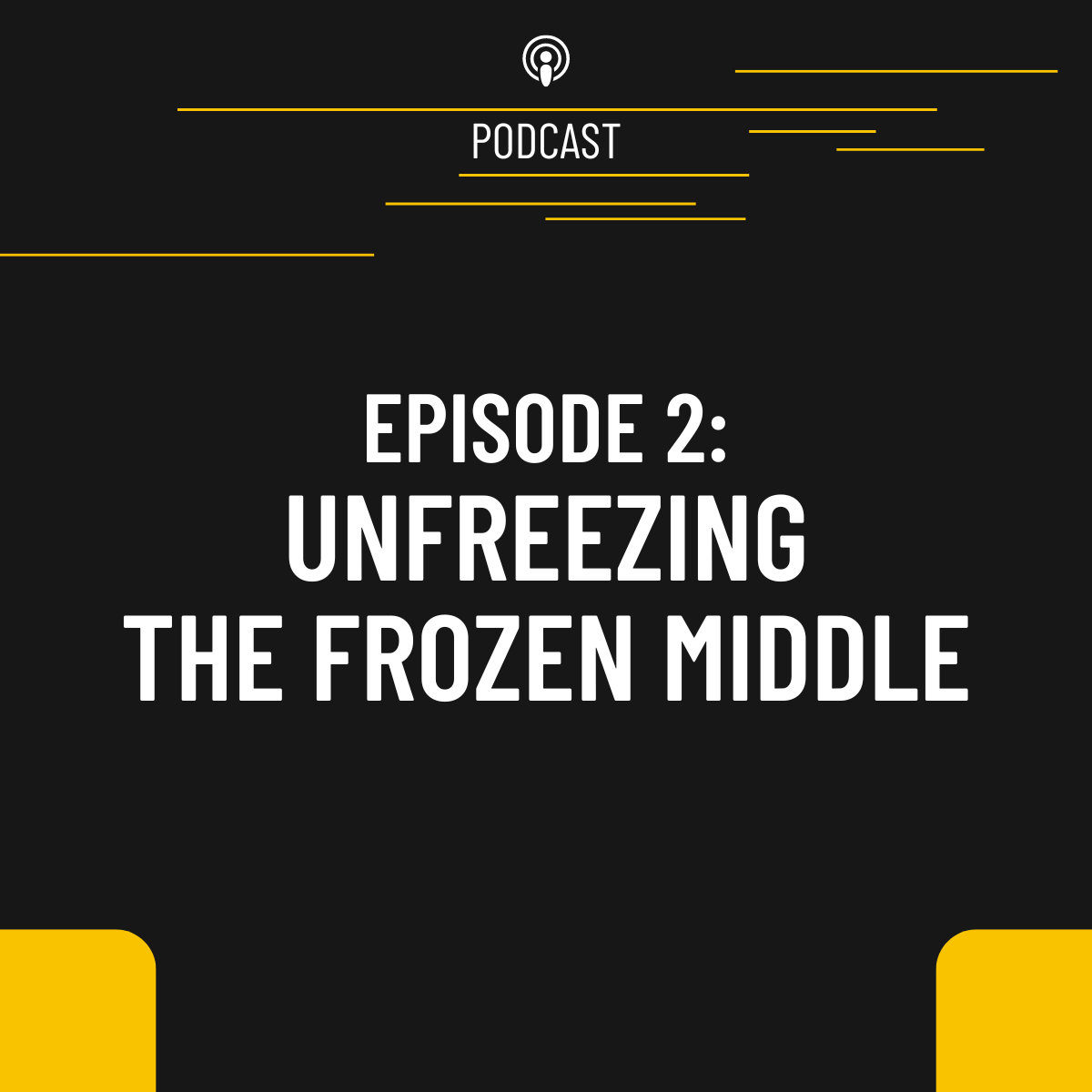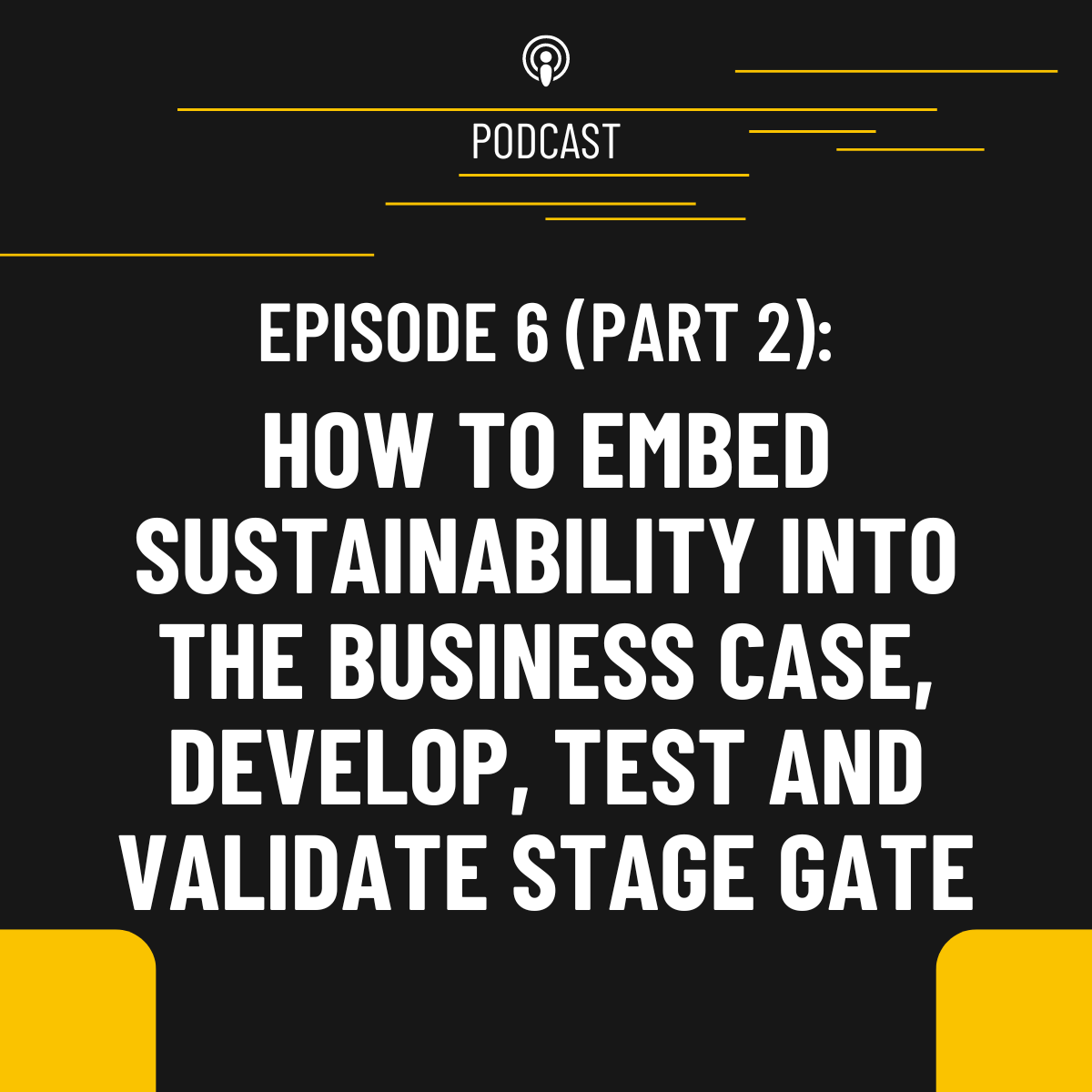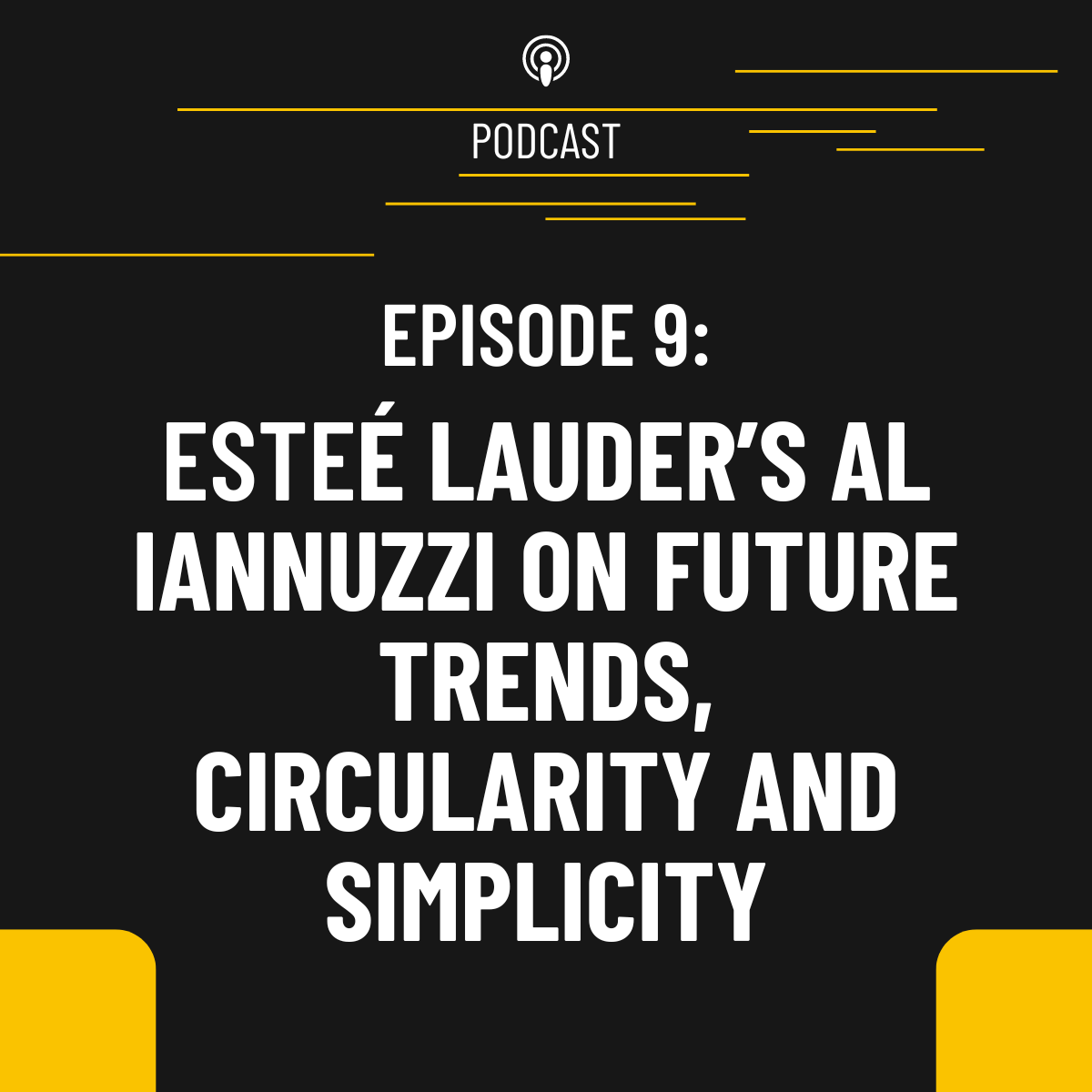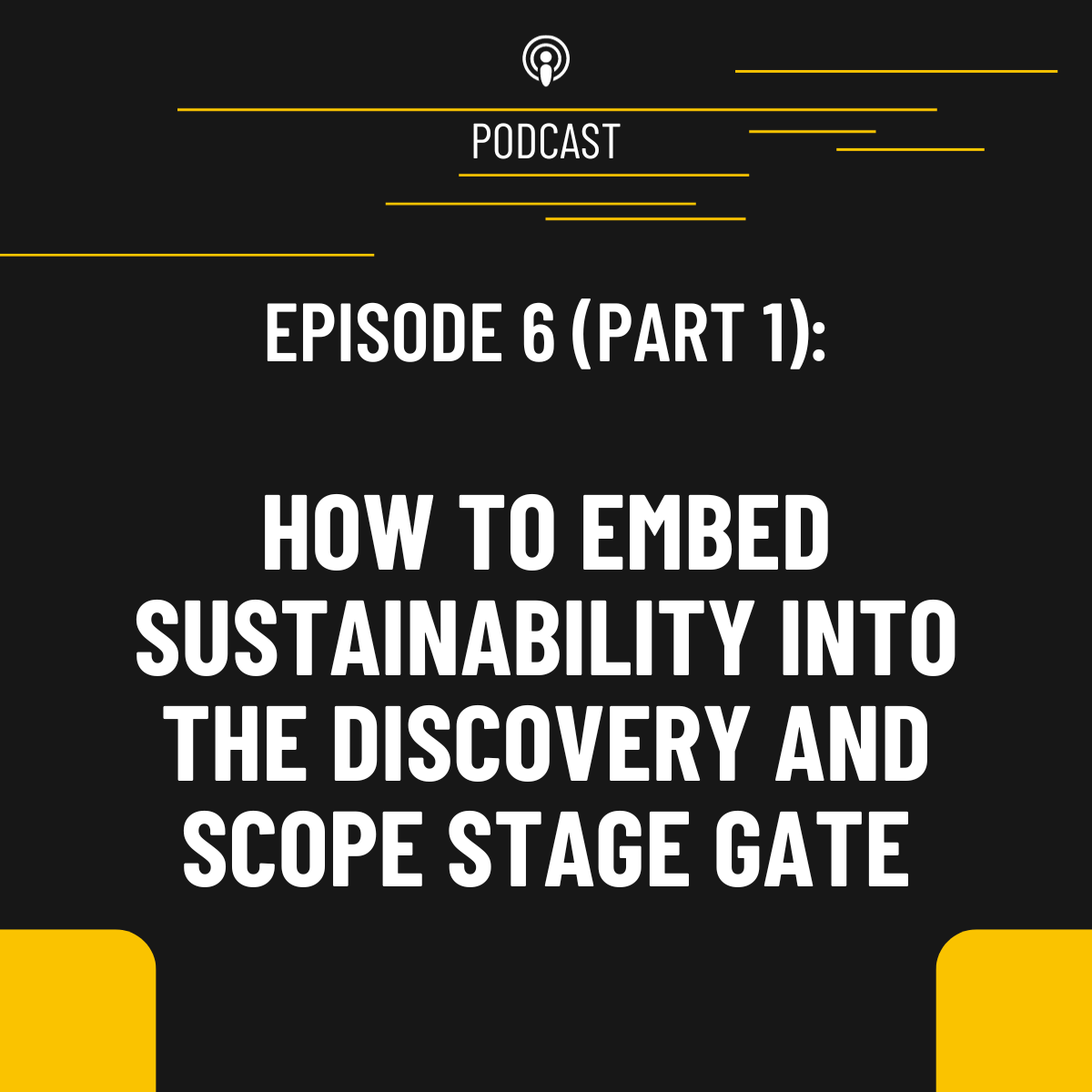Show Notes
Episode 3: What is a Sustainable Product?
It is crunch time for the climate, and you need to create a sustainable product. But what is that? And is focusing on carbon enough?
In this episode, we answer what is a sustainable product and why your “sustainable” product may not be sustainable tomorrow. We also discuss why narrowly focusing on carbon is an oversimplification of sustainability and what could differentiate a great product manager from a good one.
Episode Notes
What is a sustainable product?
- Before you can understand product sustainability, you need to know what sustainable development is. It’s more than just an environmental and carbon issue. Recall the Brundtland Report in 1987. [0:50]
- Product sustainability minimizes the negative impact of a product over its lifespan. And it’s about translating product sustainability (social, environmental, economic) into business value for the decision-maker, such as improving the brand, growing revenue, reduce cost. [2:23]
- Governance is foundational in a product sustainability program. You need sustainability metrics that are critical for the category embedded into the innovation/product development process, and the product manager plays a key role. [4:20]
- A sustainable product is something that you should be able to produce in perpetuity, and there is no such product because what is sustainable changes over time; things like the availability of resources change, society and customer’s values change, and technologies change. [5:19]
- The definition of a sustainable product today may not be sustainable tomorrow. For example, diesel versus electric cars. You also cannot forget about the aspect of where a product lives across its lifecycle. [6:45]
- Carbon is not a de-facto standard of what sustainability is. Carbon is a simplification and an approximation of sustainability. But there are things it cannot cover in its approximation, such as societal damage, regulations, and harmful substances put into products that could be detrimental to health. [8:20]
- It’s important to understand the multi-criteria view of sustainability, and because sustainability changes over time, it’s better to define products as a more sustainable option rather than a sustainable option. As Jim has been known to say, “There is no such thing as a green product, just a greener product.” [9:00]
What is the risk of narrowly focusing on carbon as an approximation for sustainability? [9:45]
- Some things are correlated to carbon, and others are anti-correlated. [11:00]
- Carbon behaves differently across the lifetime of a product – from the way it’s manufactured, used, and at the end of life - so looking at carbon across different stages is crucial. It’s more than just looking at one parameter but looking at it across the lifetime of a product. [11:30]
- For example - using cars and lamps as how a product used by two different people in two different countries will have a different life, and the tradeoffs are different. [12:10]
- Neil – India did not have consumer packaged goods, and then overnight, they were introduced from Europe and the US, and there was no concept of what to do with the packaging, and India became a big polluter. As a product manager, you need to consider how your product will live when it goes into the market and consider that in the design phase. [13:47]
- When you listen to the global conversation on climate, you hear questions about resource consumption or water use and what happens at the end of life. Things are being missed if you only focus on carbon. A recent CBS news article shows that solar panels and windmills are now ending up in landfill. We knew these would need to be handled at the end of life 25 years ago when they were being designed and brought to market but reducing carbon was the priority; not handling these materials at the end of their lifecycle. This is an example of the risk of only focusing on carbon. We missed a series of impacts that are a problem today. [14:40]
- Is not knowing 25 years ago an excuse? Or is it someone else’s responsibility in the future? No, it’s insufficient and inadequate to think this way. You need to start thinking about what and who to talk to, to put the infrastructure that is needed in place to deal with products at the end of life. [16:40]
- The product manager needs to consider this at the beginning, but the responsibility is not 100% on them; it is also about product and producer responsibility. They need to identify where the problems might be in the future and reach out to multiple stakeholders to build an understanding and to identify what will be the future infrastructure needs and business models. [17:40]
- It is crunch time, and the advantage we had in the past of having time to find a solution to the problem is gone. But the roadmaps that countries have are more evolved than they were 30-plus years ago, and if you look at them (e.g., EU, USA, China), they will give you a good picture of what key priorities your products need to consider in the future, such as water. There are simple frameworks too – Sustainable Development Goals, PEF (Product Environmental Footprint) - to give more direct guidance to manufacturers and product managers to help decide whether one design is better than another and will be more successful today and tomorrow. [18:40]
- Good product managers think in terms of successful products, and great product managers think in terms of successful product lines. What is the next product going to be in this direction? That is the bet you are making. If you use the roadmaps (of countries) and juxtapose them with what your long-term product roadmap, it will give you an advantage. [21:30]
- Innovation is already starting with these roadmaps, and many cradle-to-cradle examples are more accessible now with social media and AI. [22:00]
When a Product Manager goes back to work this week or next week, what is one key shift in thinking you want to leave them with? [24:15]
- Jim – To begin to do things differently and scale product sustainability, they need to ask broader questions that relate to the social, environmental, and business values of each stage and decision, and there are frameworks for that. They also need to understand what the roadmaps are for the product and category and who the stakeholders are in that value chain that they need to build relationships with, and those could be internal or external to the company.
- Neil – I was a product manager for a large part of my career, and most of the time, I wasn’t a great one. Most of the time, I was looking at this year’s roadmap, and at best, I looked at a three-year roadmap. A good exercise is to ask what product you will want to take to market five years from now because that is how long it is going to take to make it. This is when the inception starts. You need to try and predict what the world will look like five years from now in terms of demand, regulation, competition, and what is important to society. Is the priority still carbon, or is it now water? We now have countries putting vast sums of money into addressing water. What are the key design criteria of that product?
- Jim – One more thing on the product line aspect is to ask, who are the additional people you need to collaborate with inside or outside the company; because it’s not just design, it’s also who you need to collaborate with to make all this happen.
Links to things we talk about ⬇️
- Our Common Future, Brundtland Report
- CBS News Article (May 1, 2023): A black eye for green energy? Renewable energy growth brings mounting waste challenge
- EU Environmental Footprint Methods, including PEFs
Who’s talking? ️
To read about who you are listening to, visit fivelifestofifty.com and click on our bios.
We want to hear from you
Is there a topic we didn’t discuss enough, or do you think we missed it entirely?
Do you have a story about how you are using what you heard?
Is there a question you would like answered?
We want to know! Write to us at [email protected]








